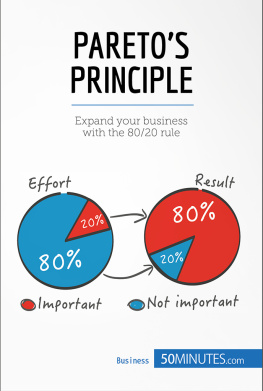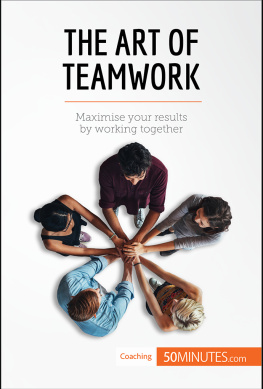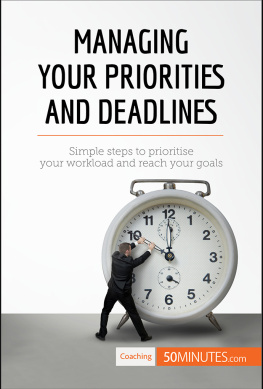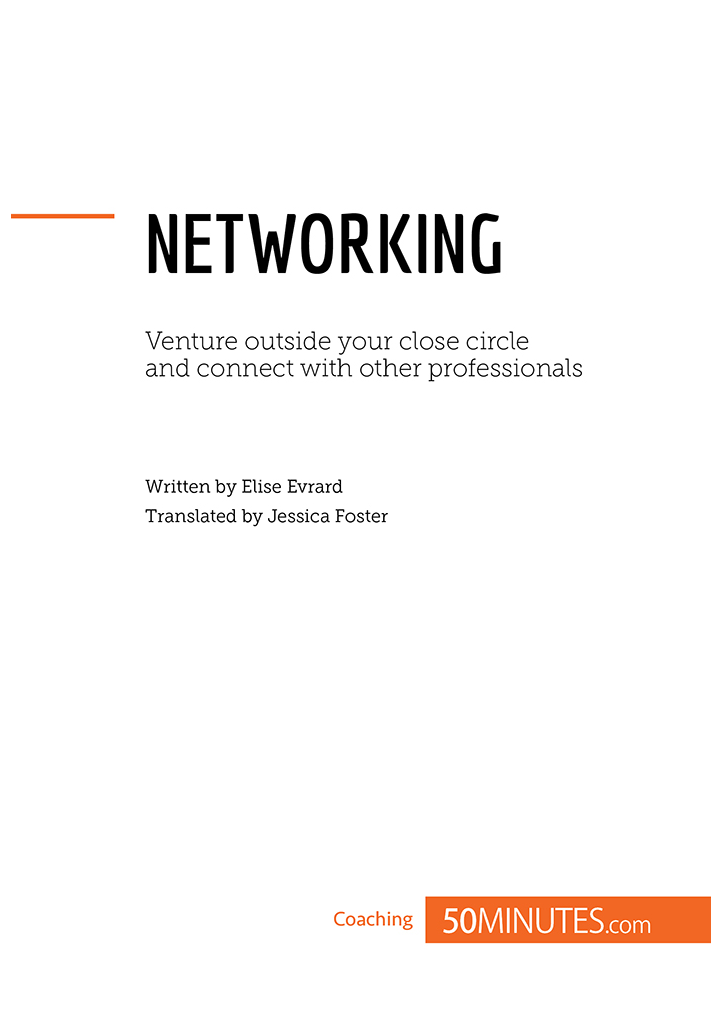We have all heard stories of friends who have found work through friends of friends: Pete who met his future employer through his uncles gardener; Sophie who talked about her art project to her Pilates instructor, who talked about it to his wife, who happened to know a colleagues husband who could help her; or John who met his best client at a conference. Perhaps you said to yourself, How lucky!
Pete, Sophie and John simply knew what to do in order to make the most of a contact with a professional aim. We all have contacts: our family, our friends, our former colleagues, our team mates, our neighbours, etc. And learning how to work with your network of contacts is what we call networking. This method consists of creating or strengthening a network of contacts in the long term for exchanges of knowledge, services or passions among professionals.
In the digital age, human relationships are often neglected. The values of sharing, exchange and mutual aid are sometimes considered ridiculous in the world of work. However, they can bring you more than money or a degree can. Are you looking for your dream job? Do you want to get promoted within your company? Are you looking for new associates or customers? Do you want to meet other people who work in your sector to exchange your knowledge? Learn the art of networking and become a networker in the making!
Learning to network: the basics
What is networking?
Networking means using your network of contacts in the context of professional exchanges. Being a good networker is, more than anything, a state of mind: it means being open to meeting people and collaborating with them. You can then take advantage of this network of contacts to reach your professional objectives.
Did you know that most job announcements are circulated around networks before being publicised? Today, if we want to stand out, networking is an incomparable ally and a powerful professional tool that will lead you to success, as long as you use it wisely.
The six degrees of separation
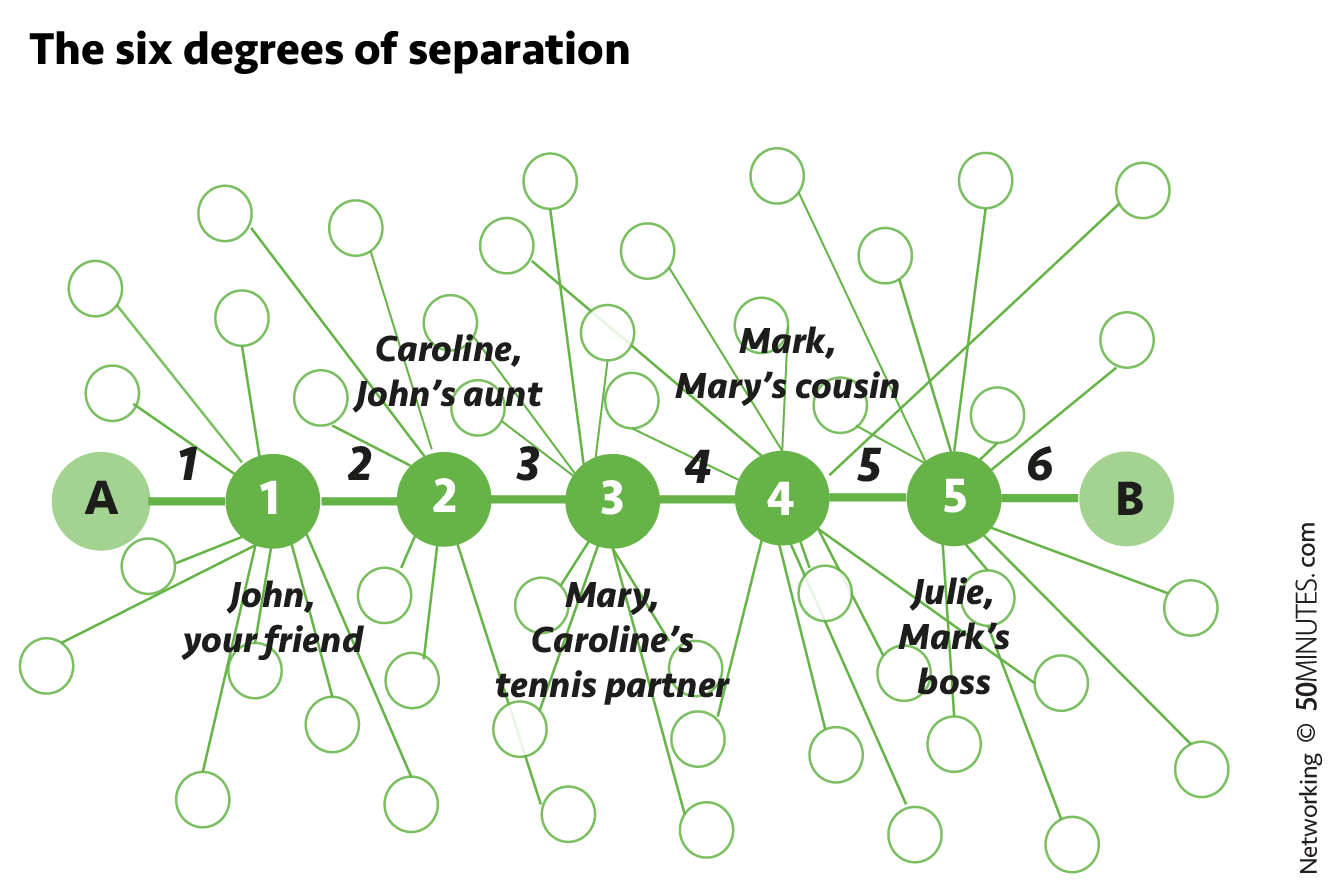
The rise of social networks is not due to Facebook or LinkedIn. This type of network has actually been analysed since 1929, when Frigyes Karinthy, a Hungarian writer, introduced his theory of the six degrees of separation. Have you already been surprised at how small the world is upon realising that the guy you met on the other side of the earth knew one of your friends or family members? Frigyes Karinthys theory hinges on this idea, and states that anyone, anywhere on the planet can be in contact with any other person via five individuals, one of whom is a direct personal contact.
The world is small: fact. A good network should therefore allow you to reach the person you wish to meet, whoever they are. And there are now tools that can do this work for you: Viadeo and LinkedIn can show you, in just a few clicks, the intermediary contacts that will lead you to the person you wish to reach.
I found my first job thanks to networking. I had just finished university and was getting graphic designer jobs on the side from people I knew. The boyfriend of a friend I was at university with was working for a technology start-up who were looking for a profile just like mine. He therefore suggested it to me and I went to their offices. While I was there, I ran into another acquaintance, also an alumna of my university. Out of around twenty people who were employed by the company, I already knew two who could recommend me to their boss after my interview. Proof if proof were needed: the next morning at 9am, I had the job.
Thomas, product designer and graphic designer.
Networking forms the basis of all progression towards a senior role. That, among other things, was what helped me to move from a junior role to the role of vice-president in 10 years. [] I was able to meet the most senior directors of the company on a global level, in person. That was only possible through networking.
Mark, vice president of a financial institution.
How do I create a network?
Meeting IRL (In Real Life)
Despite the digital age in which we are living, nothing beats real meetings for creating and expanding your network of contacts. And there is no shortage of opportunities to meet interesting people: talks, conferences, debates, shows, training workshops, professional or social events, work parties, office-sharing spaces, exhibitions, competitions, school and university reunions, etc. Target your events based on your profile, your main interests and, above all, your plan.
During these events, it is important to be natural, but that in no way means that you shouldnt prepare. That is what Laure-Anne, Social Editor and Food Expert, explains to us: I allow for spontaneity, but of course I make sure I outline, in a few words, what my work consists of, and give a rough idea of my portfolio of clients and so forth.
- Before the event:
- Do some research on the people who will be there (via LinkedIn for example). You can even contact them to let them know that you would be delighted to meet them.
- Share the event on social networks so that people know you will be there.
- On Twitter, follow the events hashtag; keep doing this during and after the event.
- Prepare a short, 30-second presentation on yourself this is what is known as the Elevator Pitch.
- Prepare your business cards.
The Elevator Pitch
Imagine that you are in a lift with the CEO of the business you have always dreamed of working for. You have to introduce yourself efficiently in under 30 seconds: this is what is known as an Elevator Pitch.
During a networking event, you will have to introduce yourself countless times and in a very short amount of time. It will therefore be essential to stir your listeners curiosity, so that he or she only wants one thing: your business card. Your pitch must be short, interesting and captivating, while indicating who you are, what you are offering, what your unique selling point (USP) is and how this can benefit the other person. In summary:







